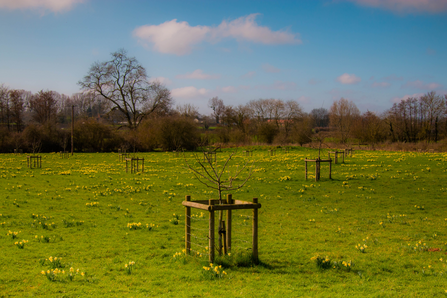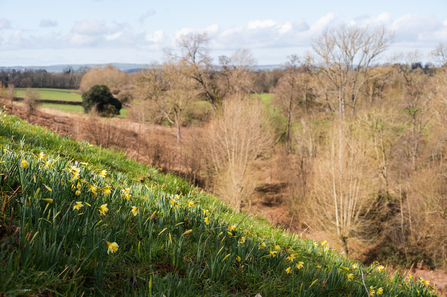A real treat is spotting a wild daffodil among the dappled shade of an ancient woodland, or pushing up through the grasses of a damp meadow. Once abundant and hand-picked for markets, this wildflower is now much rarer, having declined during the 19th century as a result of habitat loss.
Also commonly known as the 'Lent lily' for its long association with Easter celebrations, the wild daffodil got its Latin name, Narcissus, from an Ancient Greek myth. Narcissus fell in love with his own reflection in a pool of water, becoming so obsessed that he fell in and drowned. The nodding head of the wild daffodil embodies Narcissus bending over the water and it's said that the first flower sprang from where he died.







